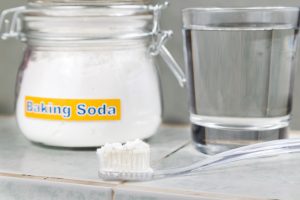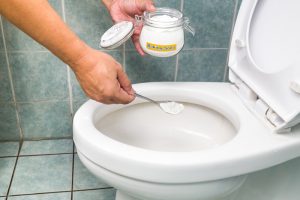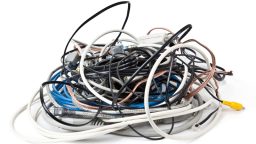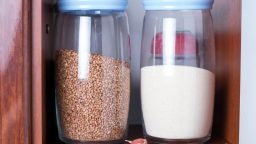You can go through just about any kitchen in the world and find a box of baking soda. It’s one of the most widely used ingredients for cooking, cleaning, and even various beauty regimens. While the standard teaspoon required for baking is why most people have it, there are plenty of other uses for baking soda that you may not have thought of before. See what you can do with it besides make a cake.
Cleaning without Harsh Chemicals
The last time you cleaned your oven, there was probably some chemical used that gave you a hard time breathing. It some instances, that kind of product can even cause health issues for the people that come in contact with it. When you use baking soda in your oven, you won’t have to worry about.
Sprinkle the soda on the bottom of the range and add some water to form a paste. Let it sit for a few hours. Go back with a cloth and the grease and burnt food is going to wipe right off.
White Teeth
Check your box of store-bought toothpaste. There’s almost certainly going to be baking soda listed on there as an ingredient. Save the money and make your own toothpaste with baking soda. It’s not too abrasive, and your teeth will shine brightly.

Get rid of yellow and discolored teeth – GUARANTEED! Find out more here>>>
Get Rid of Heartburn
Heartburn and indigestion can be extremely uncomfortable. Instead of popping an antacid or some over-the-counter medication, it can be cleared away naturally. A ¼ teaspoon of the baking soda mixed in a glass of water does the trick for most cases.
Face Exfoliation
Sometimes you need to scrub away the impurities on your face, and generally, an expensive facial scrub is what you pick up at the drug store. You have an incredibly capable facial scrub already at home. Mix some baking soda and water and scrub it over the face for around fifteen seconds and you’ll be totally exfoliated. The baking soda is very alkaline though, so do not use this in your everyday routine. Once in a while is perfectly fine.

Releasing Toxins
Soaking in a warm bath with the right ingredients is the perfect way to release toxins from your body. Baking soda is one of those ingredients that aids in the removal of harsh elements. Just dump about a half of a cup or so in your water before getting in. It’s also an excellent way to relieve pain and damage from sunburn.
All-Purpose Cleaner
There are sprays, wipes, and other cleaners for just about every different kind of spill or stain you could have in your home. Instead of buying all of those expensive treatments for cleaning, make one from baking soda. Mix it with borax and salt, and you have the ideal scouring powder for stubborn stains on bathtubs, floors, and more.

Personal Odor Protection
Studies have shown that there are some reasonably dangerous ingredients used to make the deodorant that you use to keep yourself from smelling and sweating excessively. Instead of putting that poison on your body, you can make a safe and natural version to use. Combined with coconut oil and Shea butter, baking soda can be very useful.
Check out one of the most effect (yet non-toxic) cleaners I have ever used…All Natural Enzymatic>>>
Shiny Hair
Using a lot of styling products in your hair can result in a build-up forming that makes the hair look dull and lifeless. Vinegar works well to revive it, but baking soda does an even better job according to some. Just shake a little bit in with the shampoo that you usually use and scrub away. All that stuff will wash away when you rinse your soap out.











